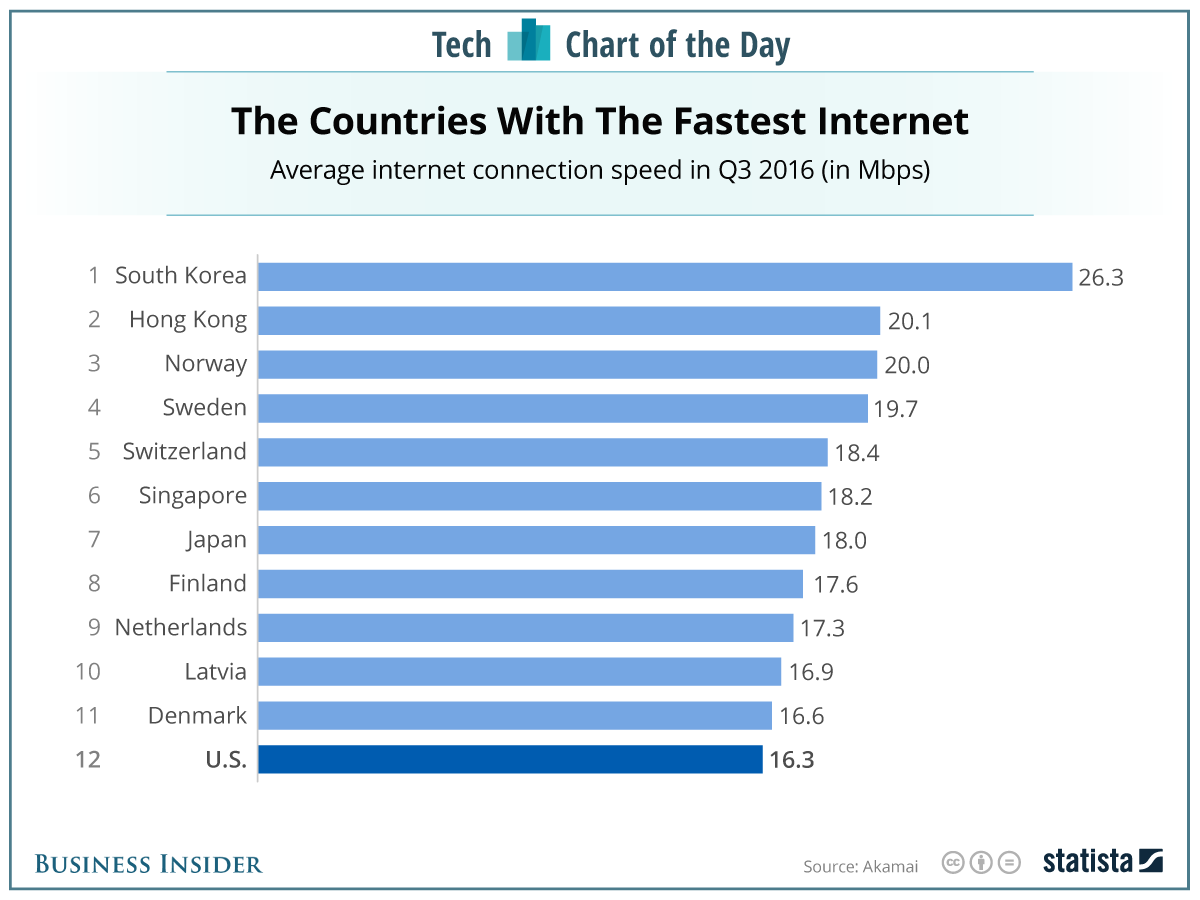iOS/ANDROID Smart condom with built-in nanochips that detects HIV AIDS, meaure your sex performance, sizes and sex positions. Check your iPhone and Android phones to know your overall performance.
A UK based company has designed the “world’s first smart condom” — which uses nano-chip technology to measure performance and detect STIs.
The i.Con Smart Condom, which markets itself as the "world's first smart condom," is actually a ring that fits over a boring, dumb condom and claims to track the exercise of your man bits, as well as detect chlamydia and syphilis.
In short, the i.Con ring promises to answer every burning question you've ever had about your sex session. Don't worry, it will pair with an app for all your data visualization needs.
Rulers and tape measures are obsolete ti answer what is mmy size? According to the preorder page, the ring will answer questions such as:
- What's my thrust velocity?
- How fast are my thrusts?
- How many calories did that sesh just burn?
- How many times did I just have sex?
- What's the average skin temperature of my... eggplant?
- What's my girth/size?
- How many different positions did I just conquer?
How much is the Smart Condom?
The most advanced and first in the world Smart condom is not that expensive than your first thought because it could have only the same cost as the Nokia 3310 (2017) version and even more cheaper than buying a second hand smart phone where the app that monitors your performance would be installed. Smart condom would be soon available in the Philippines that you could buy at your favorite condom shops, 24/7 stores or at your favorite pharmacies.
For advance order and want to try, send us an email and we will give you update how to buy and where to by in the Philippines
(email address: info @ pesoreserve.com )
The ring, first announced last July, is currently available for preorder on British Condoms for £59.99 (about $70 USD or
₱ 3,500.00 Philippine Pesos) with an unknown release date. But you can't actually put a ring on it yet -- the company says it won't take your money until the product has a firm release.
Plus, it aims to answer that age-old question: How do I stack up at sex to everyone else around the world? Because sure, let's gamify sex. What could go wrong?
The i.Con is described as a wearable, Micro-USB charged condom ring that can provide six to eight hours of “live” usage.The device uses a nano-chip and sensors to catalog numerous variables during sex — including penis girth, the “average velocity” and total number of thrusts per session.
The ring, which will come with a one-year warranty, will have a Micro-USB charging port to provide six to eight hours of "live" usage (not clear if this means thrust usage or something else). It will work with a combination of "nano-chip and sensors," and pair with your device via Bluetooth. (I thought it would charge kinetically, but maybe that's just a pipe dream.)
With zero pictures of the self-styled "future of wearable technology in the bedroom" on the site, it's hard to say just how all this technology will fit into a tiny ring. The company did not immediately respond to a request for comment. British Condoms does say the i.Con will be available in one size with a "band adjustment feature."
Boasting that you are the best in bed? Smart Condom shows the evidence
It will also log other info pertaining to one’s health, such as calories burned and average skin temperature. British Condoms also claims that the i.Con can work as an STI indicator, thanks to it’s “antibodies” filter” — which alerts the user when proteins or antigens, typically found in STIs, are detected.
Each device is made from synthetic rubber and contains a waterproof carbon fiber unit, which holds the nano-chip and sensors, Mashable reports.
They will be made in one size, with a “band adjustment feature,” the company says.
Once the user is done doing the deed, the data from their session is loaded onto their phone — either through the i.Con app or micro USB port.
“All data will be kept anonymous but users will have the option to share their recent data with friends, or, indeed the world,” British Condoms says. “You will be able to anonymously access stats that you can compare with i.Con users worldwide.”
Worried about privacy, the data kind? British Condoms says "all data will be kept anonymous, but users will have the option to share their recent data with friends, or, indeed the world."
Forget dick pics. Now we have to worry about dick status updates.
So, are you curious of your friend's and favorite actor's performance and sizes? stop asking.. just follow their account and ask them to share it!




















 Top 12 World's fastest Internet, South Korea rank no. 1. Illustration Photo: businessinsider.com
Top 12 World's fastest Internet, South Korea rank no. 1. Illustration Photo: businessinsider.com



















